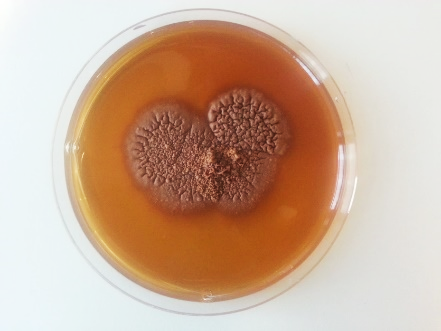
Mycetoma is a chronic, progressively destructive infectious disease of the subcutaneous tissues, affecting skin, muscle and bone. Mycetoma occurs in tropical and subtropical environments characterized by short rainy seasons and prolonged dry seasons that favour the growth of thorny bushes. Global burden is not known, but the disease is endemic; it has been reported from countries in Africa, Asia, Europe and Latin America. This course addresses the epidemiology of mycetoma, clinical features, diagnosis, treatment, and public health interventions.
Photo credit: Ahmed H. Fahal
Language: English
Mycetoma
Course information
This course is also available in the following languages:
العربية - español - Bahasa Indonesia
Overview: Mycetoma is a chronic disease usually of the foot but any part of the body can be affected. Infection is most probably acquired by traumatic inoculation of certain fungi or bacteria into the subcutaneous tissue. The disease commonly affects young adults, mostly males aged between 15 and 30 years in developing countries. People of low socioeconomic status and manual workers such as agriculturalists, labourers and herdsmen are the worst affected.
Mycetoma has numerous adverse medical, health and socioeconomic impacts on patients, communities and health authorities. Accurate data on its incidence and prevalence are not available. However, early detection and treatment are important to reduce morbidity and improve treatment outcomes. The aim of the course is to provide information about mycetoma to increase knowledge and skills of national and front-line health workers to address this disease.
Learning objectives: by the end of this course, you should be able to:
- Understand the epidemiology of mycetoma;
- Describe the clinical aspects;
- Understand how the diagnosis is made;
- Explain how to treat mycetoma; and
- Describe the public health interventions.
Course duration: Approximately 30 minutes.
Certificates: A Record of Achievement will be issued to participants who receive at least 80% on the post-test.
Course contents
Module 1: Introduction:
This introductory module gives an overview of Neglected Tropical Diseases, skin-NTDs, mycetoma and its epidemiology. By the end of this module, you should be able to: explain what the causative organisms are and how mycetoma is acquired; describe the geographical distribution; understand the age and gender distribution.Module 2: Clinical presentation and diagnosis:
By the end of this module, you will be able to: list the classic clinical triad, explain the topographic localization of mycetoma, including rare infection sites; understand the differences between actinomycetoma and eumycetoma; and describe how the diagnosis is made.Module 3: Treatment, Impact and Public health interventions:
By the end of this module, you will be able to: understand the available treatment options; and explain the public health interventions to control mycetoma.
Enroll me for this course
Certificate Requirements
- Gain a Record of Achievement by earning at least 80% of the maximum number of points from all graded assignments.
- Gain an Open Badge by completing the course.